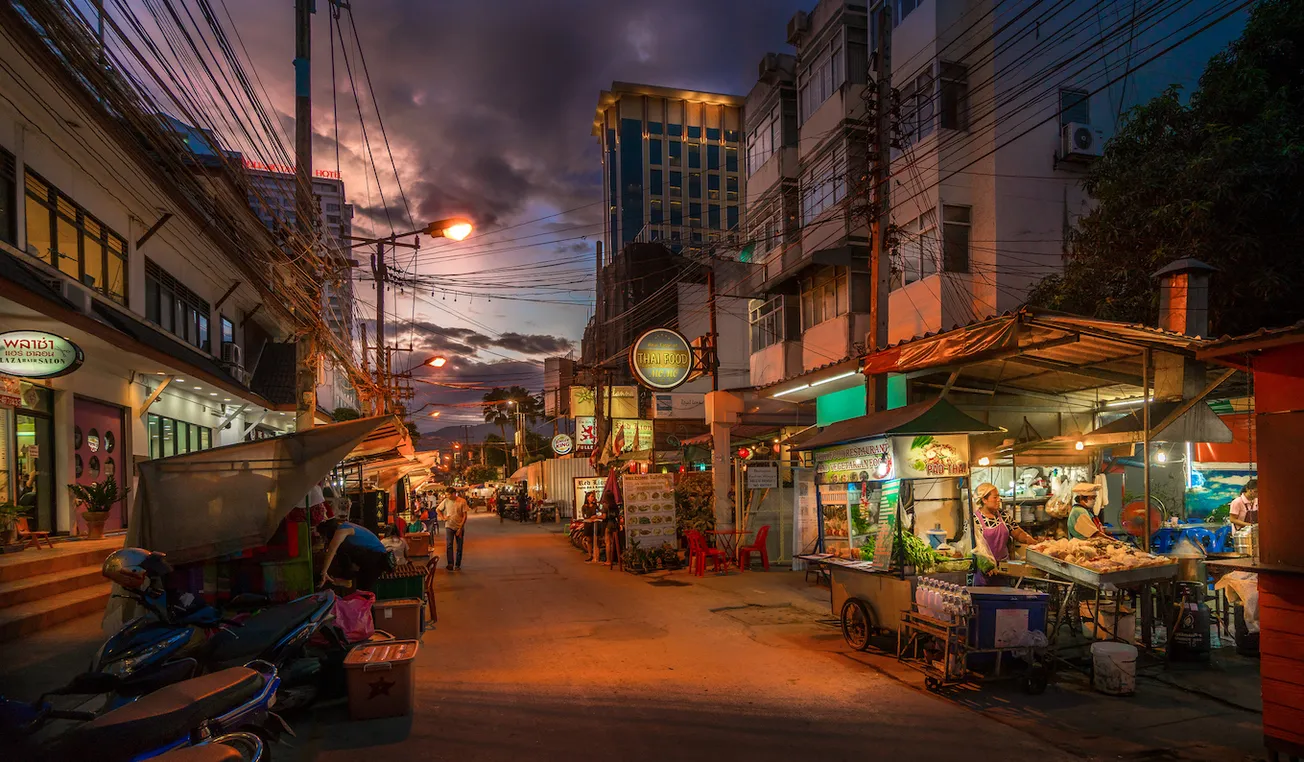Travel notes: Chiang Mai
Meeting Marc Faber, a FinTwit contact and thoughts on Thai consumer brands. Estimated reading time: 8 minutes

Meeting Marc Faber, a FinTwit contact and thoughts on Thai consumer brands. Estimated reading time: 8 minutes
